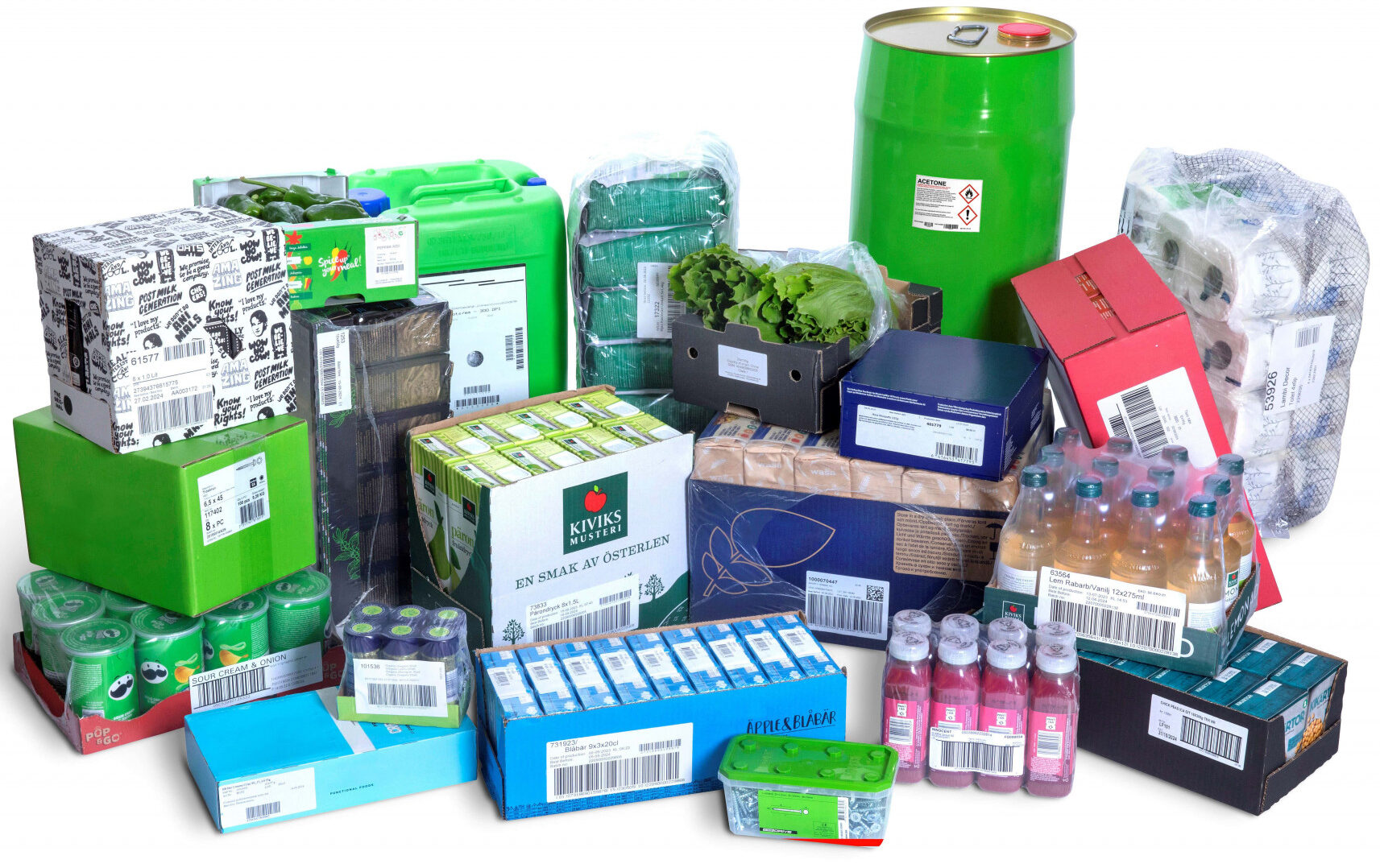The European Union’s new customs pre-arrival safety and security system – Import Control System 2 (ICS2) – will introduce a new process for entry of goods by maritime and inland waterways, road and rail in the EU as of 3 June 2024. This is the third phase or release of the implementation of the new system that will extend safety and security data reporting requirements to all modes of transport. Similar requirements for air transportation of goods were enacted earlier this year.
With this third release, maritime and inland waterways, road and rail carriers will also need to provide data on goods sent to or through the EU prior to their arrival, through a complete Entry Summary Declaration (ENS). This obligation also concerns postal and express carriers who transport goods using these modes of transport as well as other parties, such as logistics providers. In certain circumstances, final consignees established in the EU will also have to submit ENS data to ICS2.
Traders are strongly advised to prepare in advance for Release 3 to avoid the risk of delays and non-compliance. Affected businesses will be required to ensure they collect accurate and complete data from their clients, update their IT systems and operational processes and provide adequate training to their staff. From 11 December 2023, traders will also need to successfully complete a self-conformance test before connecting to ICS2, to verify their ability to access and exchange messages with customs authorities.
EU Member States will grant authorisation, upon request, to the affected traders to gradually connect to ICS2 within a time-limited deployment window. Member States can grant the deployment window anytime within the following timeframes: from 3 June 2024 to 4 December 2024 (maritime and inland waterway carriers); from 4 December 2024 to 1 April 2025 (maritime and inland waterway house level filers); and from 1 April 2025 to 1 September 2025 (road and rail carriers). If traders are not ready on time, and do not provide the data required under ICS2, goods will be stopped at the EU borders and will not be cleared by the customs authorities.
The EU is a major player in international trade – it accounts for around 14 % of the world’s trade in goods. By collecting safety and security data, EU customs authorities will be able to detect risks earlier and to intervene at the most appropriate point in the supply chain to keep trade safe for the EU and its citizens. ICS2 will simplify the movement of goods between customs offices at the first point of entry and final destination in the EU. ICS2 will provide a single access point to communicate with all EU Member States’ customs authorities for all EU operations instead of 27 national interfaces. For traders, ICS2 will also streamline requests for additional information and pre-departure risk screening by customs authorities, thus reducing administrative burdens for businesses.
ICS2 in detail
ICS2 has been prepared in close collaboration between the European Commission, Member States’ customs authorities and businesses. The system is being implemented in three releases that will gradually replace the existing import control system.
With Release 1, from 15 March 2021, postal and express consignments coming to or through the EU by air became subject to a subset of the Entry Summary Declaration (so called pre-loading advance cargo information – also known as PLACI) prior to their loading onto the aircraft bound for the EU. With ICS2 Release 2, from 1 March 2023, air cargo general consignments also became subject to the PLACI filing and to the complete set of data of the Entry Summary Declaration (ENS) prior to their arrival.
Release 3 is the third phase and will include maritime and inland waterways, rail and road modes of transport from 3 June 2024. Affected traders will need to be operationally ready for ICS2 within a time-limited deployment window. Like Release 2, the data filing will be provided in one single complete ENS filing, if all the necessary data is available to the party that files and assumes the responsibility for bringing the goods into the EU customs territory. Alternatively, it can be done with multiple filings, where more than one partial ENS filing is submitted by different actors in the supply chain. In case of multiple filings, each filer is responsible for ensuring that their own filings are submitted in a timely, accurate and complete way.






